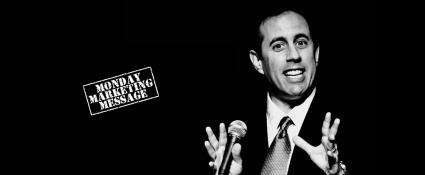
Perhaps you are new to Twitter or you've started seeing these strange #tags on your Facebook profile since Facebook finally started using them. Maybe you've never heard of hashtags or perhaps you are just confused about how to use them correctly.
Here is a quick background on hashtags and their purpose.
The # (pound) symbol, called a hashtag in social media, is traditionally used to mark keywords or topics in a tweet. Twitter users created it as a way to call special attention to certain keywords in their tweets.
Now, Facebook is also using the hashtag.
- People use the hashtag symbol # before a relevant keyword or phrase (no spaces) in their tweet to categorize those tweets and help them show more easily in Twitter Search. E.g. Here is how you use a #hashtag.
- Clicking on a hashtag in any message in Twitter and Facebook shows you all other tweets or status updates marked with that keyword.
- Hashtags can occur anywhere in the post – at the beginning, middle, or end.
- Hashtags that become very popular in Twitter are often trending topics.
- Don't #spam #with #hashtags. Don't over-tag a single tweet or update. (Best practices recommend using no more than 2 hashtags per post.)
- Don't hashtag bomb. In other words, don't use a hashtag to pitch your message on a trending topic.
- Use hashtags only on posts relevant to the topic. (see previous bullet)
- Hashtags are for keywords and not words of emphasis or emotion. Good: I heart #narwhals - They make me feel gooey inside. Bad: I heart #narwals - #theymakemefeelgooeyinside. Worst: I #heart #narwhals - #they #make #me #feel #gooey #inside #lol.
- Hashtag is not an appropriate name for your newborn.
While hashtags did start on Twitter and now Facebook has joined the fray, some other social platforms have taken notice. A couple of them, such as Google+, Instagram and Flickr use a form of hashtags. I'm sure that more will jump on as they continue to increase in popularity.

